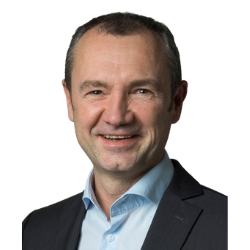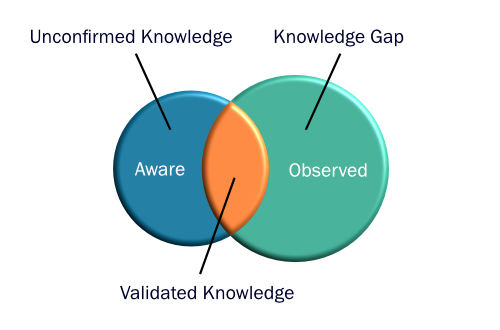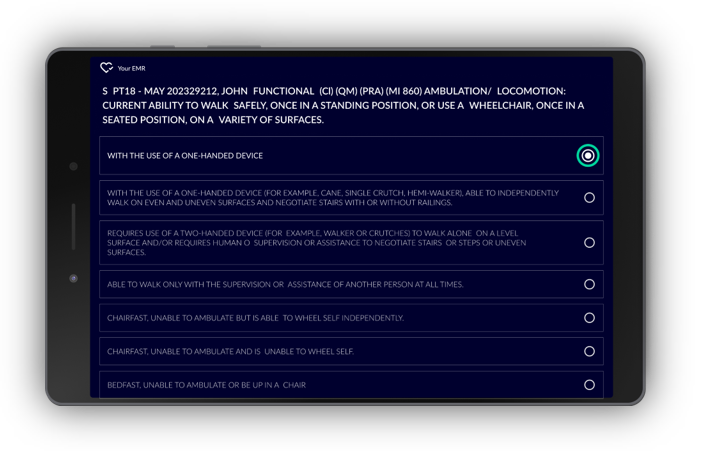In search of better explanation models why people resort to new types of products (e.g. innovations), I learned about the Jobs to Be Done (JTBD) theory in 2016. I was immediately intreagued because it offered a completely different perspective on understanding customer needs: No more pigeonhole thinking, as with personas and target group segmentation, no more product-centric ways of thinking, no, an entirely on the causality of purchase decisions focused theory. I liked this highly pragmatic approach so much that I wanted to learn all about it.
In search for new tools
I looked for suitable tools to apply the JTBD theory and found some that Bob Moesta and Chris Speak had been promoting. These two guys – together with HBR Professor Clayton Christensen – are considered to be the minds who came up with the JTBD theory. They propagated the Four Forces of Progress and the so-called timeline (a kind of customer journey) as tools to find out the motivation of buyers through customer interviews about product purchases. I later discovered the JTBD cards from ex-Kingston University Professor Jonathan Briggs, who used them in workshops. He offered me to translate the card set and in spring 2018 we launched the first German version.
To get more people excited about the JTBD mindset, I performed at meetups and participated as a guest in various podcasts, attended public meetings, and wrote guest articles for blogs and magazines. The popularity and interest grew steadily.
Development of a workshop and a German JTBD resources webpage
In August 2017 I offered the first open workshop in Germany on Jobs to Be Done and in spring 2018 I ran the first in-house training courses. A collaboration developed with Peter Rochel, who took part in my first open workshop. We decided to offer a one-day JTBD JumpStart workshop together.
However, I still did not like two things: 1. We need quite a long time to explain the theory and 2. The evaluation of the customer interviews was time-consuming and not well structured.
In autumn 2017 I started the German site for the Jobs to Be Done theory, JTBD.de, with which I wanted to bring the theory closer to a German-speaking readership.
A new tool is needed: The Wheel of Progress
In June 2019 I met with Peter and we pondered how to simplify the evaluation process with the help of better tools. After the meeting everyone worked on new models for themselves. The following days were short for me, the nights long. New ideas kept coming up, the picture solidified in my mind’s eye: The idea of a single evaluation canvas was born that is able to contain all the essential elements and on which teams could enter their results in order to understand the entire purchase history.
After the basic concept was in place, Peter and I worked together to refine the concept and bring it into a canvas shape. I thought the canvas should get a decent name, so I named it The Wheel of Progress.

In the meantime, Peter tested the concept in an ongoing project and had great success with this new form of interview analysis tool.
In September 2019 we had developed the final version – ready for prime time. When we knew it worked, we offered it on paper via the Stattys store.
The canvas is now central to our customer research processes. It has also been used internationally, such as in the USA and Mexico.
Conversion of customer research to online
Due to the corona pandemic and the associated restrictions on face-to-face events, Peter and I moved our training courses to the electronic platforms Zoom and Mural. For this purpose, Peter created a template of the canvas on a Mural and later migrated the entire process. This (forced) move opened up new opportunities to accelerate the workflow greatly up to a point where trained interviewer teams are able to capture the interview notes in real-time, driving down customer research project time to days rather than week.
What drives me: Helping clients make satisfying the human desire for progress the corporate purpose
Nowadays, most innovation projects, marketing campaigns and change initiatives are carried out out of self-orientation: How can we continue to grow, win more customers, further develop our products, be more successful compared to the competition, become more agile?
But shouldn’t people and possible customers be the starting point of all entrepreneurial activity? After all, customers are the ones we serve, the ones who are responsible for our livelyhood.
As understandable as self-orientation may seem, it is not helpful because the customer takes a back seat. My mission is to create a win-win situation which starts with understanding and satisfying the human desire for progress.
Doing things differently
From my point of view, today’s customer research has two enormous weaknesses:
- It costs a lot of money and is tedious
It is not uncommon for the costs for customer research studies to be in the five or six-figure range. Not only that, it often takes weeks or even months.
- It does not define in advance the decisions to be made and the required data.
The downside to traditional customer research is that it looks for the wrong things and dilutes what data is really useful for making decisions.
Often types of people (i.e. personas) are described down to the last detail in the hope of being able to predict their actions. However, this orientation is not reasonable because it does not examine the causal relationships.
Traditional customer research is not primarily aimed at examining the progress people want to make, that is, collecting the data that tells an organization what to do to effectively help the customer “evolve”.
Creating a better method for customer research
But why ineffective, tedious and expensive when there is a better and easier way? The Jobs to Be Done mindset offers helpful approaches to finding the right one and modern methods and tools, an effective approach with the result of actionable results.
My aim is to help create results that can be implemented and are actionable e.g. in product / service, communication / marketing and sales strategy and to make this type of customer research accessible to the largest possible number of organizations. This end-to-end process I apply I called Customer Progress Design as the customer research aim and the data collected is being used to design new value propositions, marketing and sales resources that help people make progress along their cycle to progress.
Founding unipro solutions
In Januar 2021 I started the process of founding a company that is dedicated to providing a framework for a new understanding of customer needs. I wanted to offer my services in a very untraditional way, by packaging into “products” that provide a clear benefit and outcome and offerings that are clear and easily consumable. In May of 2021 I lauched the company.
Starting an era of customer centricity
I firmly believe that the era of technology- and self-orientation is drawing to a close, because success is too slow and unpredictable. It will increasingly be replaced by an era of customer focus. Awareness and an effective customer-centric approach will enable companies and other organizations help people make progress and thus make progress themselves.






